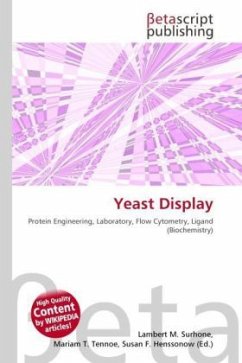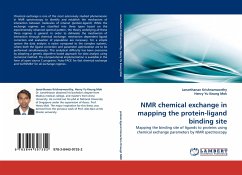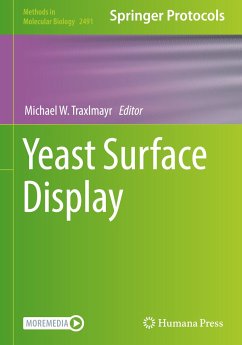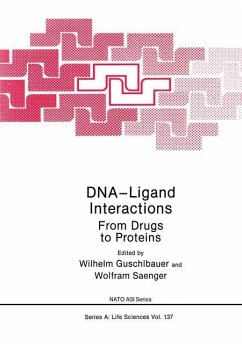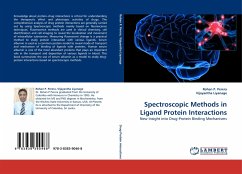
A MULTIVALENT LIGAND DISPLAY SYSTEM WITH PLANT VIRUSES
A NOVEL APPROACH TOWARDS STUDYING SPATIAL EFFECTS OF CELL ADHESION
Versandkostenfrei!
Versandfertig in 6-10 Tagen
45,99 €
inkl. MwSt.

PAYBACK Punkte
23 °P sammeln!
A display platform with viruses containing cell binding sequences can be utilized to study how these ligands with nanoscale ordering can affect cell adhesion, spreading and mesenchymal stem cell differentiation. Previous studies have largely relied on polymeric display systems with clusters of ligands to probe cellular response, but the spatial resolution of polymeric display is limited due to its heterogeneity. The virus display system, being a monodispersed particle, is an ideal tool that allows for superior nanometer scale control. Our findings with the virus-display system reveal that liga...
A display platform with viruses containing cell binding sequences can be utilized to study how these ligands with nanoscale ordering can affect cell adhesion, spreading and mesenchymal stem cell differentiation. Previous studies have largely relied on polymeric display systems with clusters of ligands to probe cellular response, but the spatial resolution of polymeric display is limited due to its heterogeneity. The virus display system, being a monodispersed particle, is an ideal tool that allows for superior nanometer scale control. Our findings with the virus-display system reveal that ligand clusters spaced with 2-3 nanometers result in cellular morphological changes, starting from adhesion to spreading, as well as cell differentiation. These results suggest that clusters of ligands on the viruses induce different cellular activities by activating a cluster of the receptors versus a single ligand/receptor event. These cellular events could lead to new insights to some of the fundamental questions in cell differentiation, tumorigenesis and tissue/organ development.





